Science news in brief: From albatross spies to killer asteroids
And other news from around the world
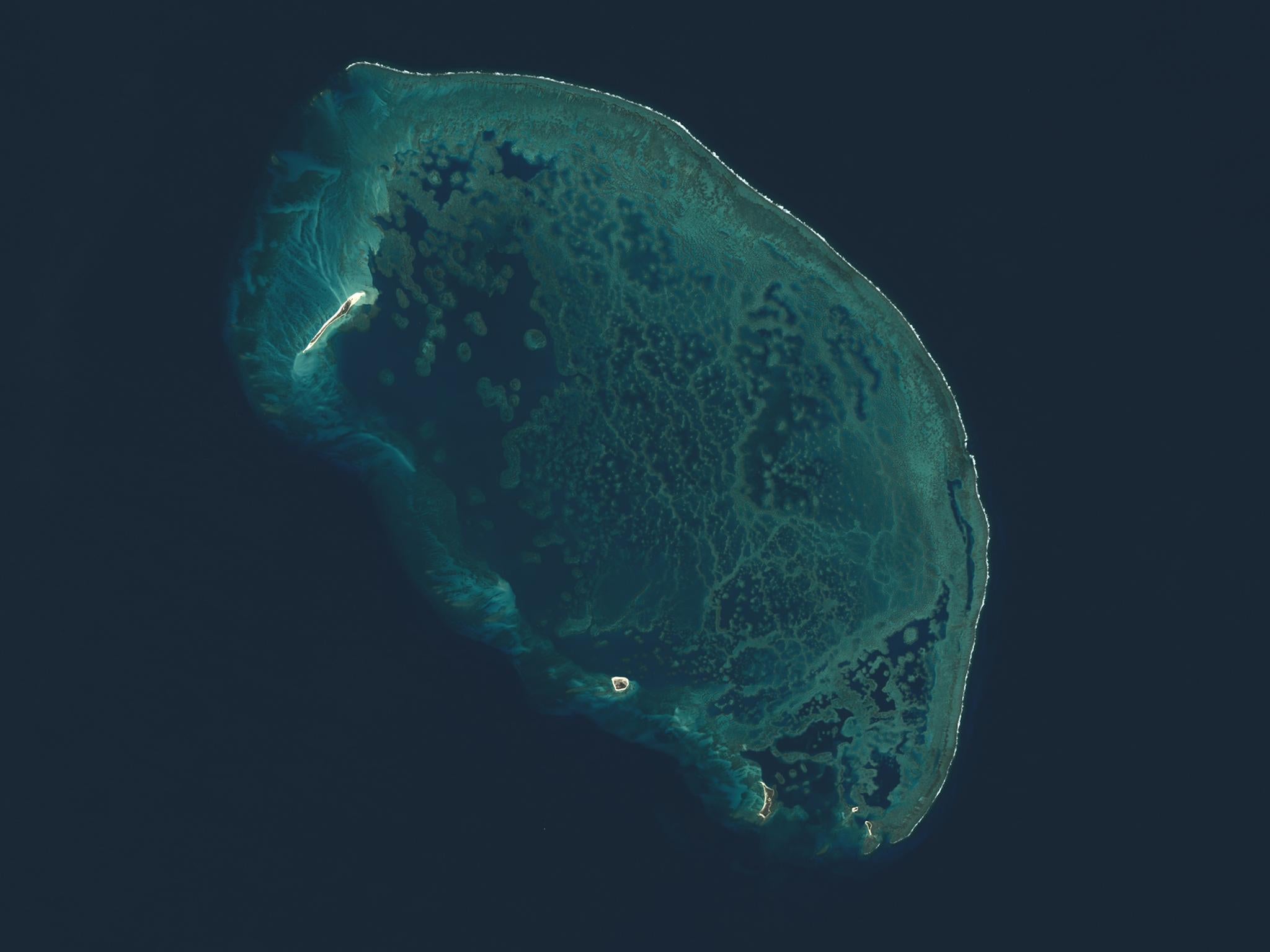
They were left off killer asteroid’s hit list
The asteroid that struck Earth 66 million years ago meant the end for nonavian dinosaurs as well as 75 per cent of all species.
At the point of impact, the picture was even more dire. The space rock left a sterile crater nearly 20 miles deep in what is now the Gulf of Mexico. Not a single living thing could have survived.
But even at ground zero, life managed to return, and quickly.
New findings published in the journal Geology revealed that cyanobacteria – blue-green algae responsible for harmful toxic blooms – moved into the crater a few years after the impact. The study of a 2,750ft core of sediments in the so-called Chicxulub crater in Mexico helped answer a number of questions regarding the impact.
The issue is that not all microorganisms leave behind fossils. Instead, soft-bodied organisms can be identified by the burrows they make and the molecules they deposit. Cyanobacteria, for example, produce fats that can be preserved in sedimentary rocks for hundreds of millions of years.
So when Bettina Schaefer of Curtin University in Australia and her team saw those preserved fats in the core near the time of the impact, they knew cyanobacteria must have been present. Crucially, the fats were deposited atop a layer of fossilised plants that were washed into the crater by the tsunami that followed, but below another layer of iridium that was deposited once the debris in the atmosphere rained back down on Earth after a few years. This suggests that the bacteria began to populate the crater after the tsunami hit, but before the atmosphere cleared and the sun’s light had fully returned.
“The ones that were able to move in right away, the ambulance chasers, if you will, were these cyanobacteria,” says Sean Gulick, a marine geophysicist from the University of Texas at Austin, one of the chief scientists on the drilling expedition and Schaefer’s co-author.
Moreover, the team was able to detect a host of other organisms that arrived on the scene later, which helped to better characterise the toxic waters that pooled in the crater. Some of the molecular fossils they discovered, for example, can only originate from organisms that live in waters devoid of any oxygen – a so-called “dead zone” similar to what occurs every summer within the contemporary Gulf of Mexico.
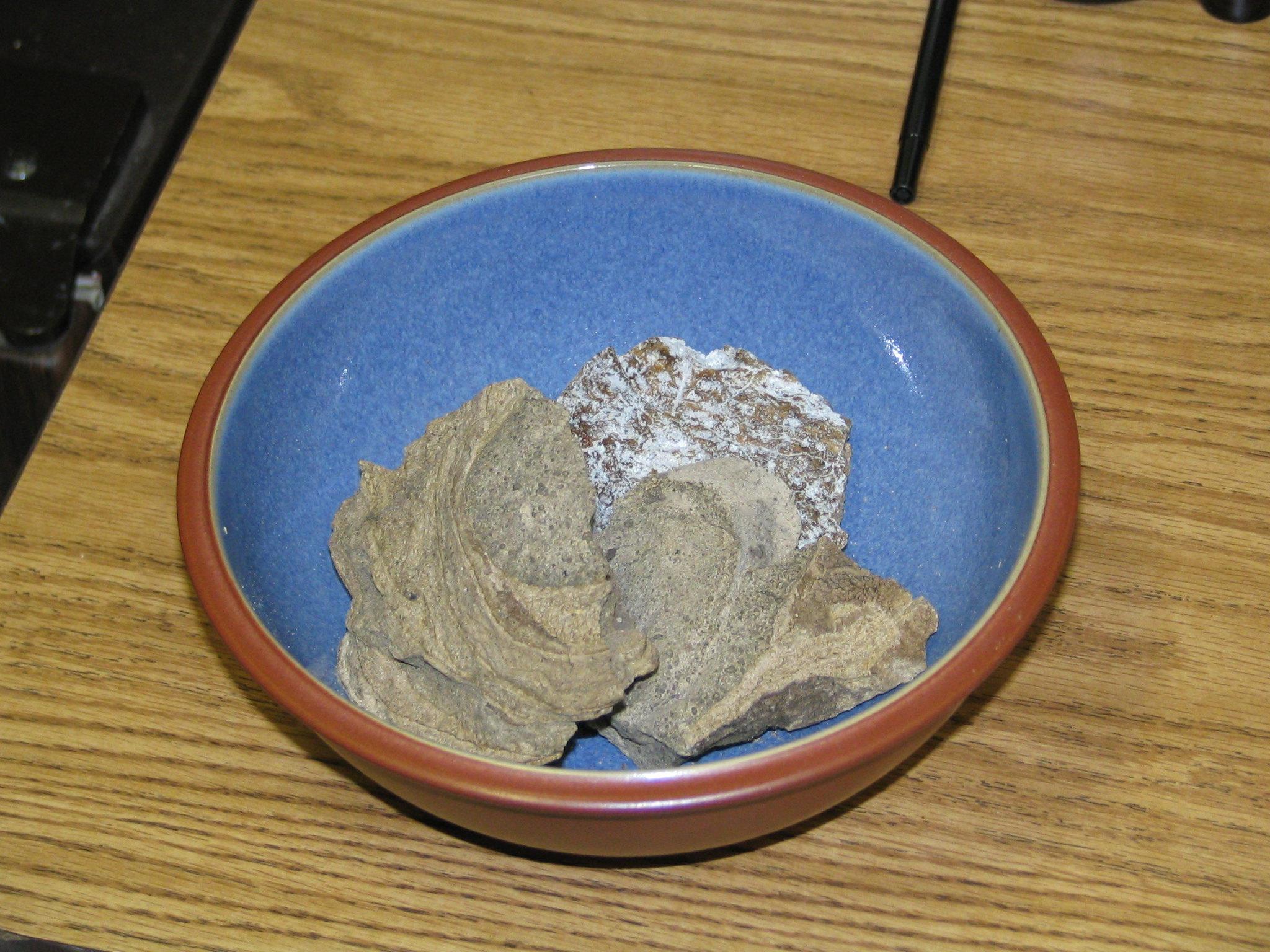
The source of those beach blobs? Scientists find a very big clue
Every so often, a fatbergesque blob of material called ambergris washes up on a beach.
These lumps, used to make perfume, can be worth thousands in countries where it is legal to collect them. Hunters have trained dogs and even camels to sniff out ambergris.
Where it comes from has been less clear. Modern scientists know that ambergris can potentially be found within the bodies of sperm whales, but aren’t sure about those pieces of jetsam found by beachcombers. But in a new study, researchers have extracted sperm whale DNA from washed-up ambergris, which is impressive because the studied samples floated adrift for years. The research could contribute a new understanding about the enigmatic substance and the endangered creatures that make it.
“The discovery that ambergris yields such good DNA preservation opens up new opportunities for studying both the use of this precious raw material and whale biology,” says James Barret, an archaeologist at the University of Cambridge who did not participate in the research.
Fresh ambergris smells musty. But once it ages, its scent is compared to fine tobacco, or the wood in an old church. The mother of the Abbasid Caliph al-Muqtadir would melt it in oil; Catherine de Medici wore it in scented gloves; and ambergris has anointed English monarchs since 1626.
But determining its source was one of the medieval world’s grossest natural mysteries.
Ruairidh Macleod, an undergraduate biology student also at Cambridge, led the research. Steven Rowland, a chemist who has collected and analysed jetsam ambergris, including chunks that may have been at sea for over 1,000 years, provided the samples, which were picked up on beaches in Sri Lanka and New Zealand.
The team also turned for assistance to the lab in Copenhagen that recently recovered DNA from a piece of ancient chewing gum.
“Suddenly you’ve got these new techniques available and you take them and apply them to a new – well, old – mysterious substance,” Macleod says. His team is now hoping to track down more samples of the coveted material for scientific use.
While the research helps confirm that sperm whales, and possibly related species, too, are the source of the ambergris found along the world’s coasts, biologists still don’t know how this fancy fragrance really forms. When sperm whales were still being slaughtered, whalers found that only about 1 in 100 yielded ambergris.
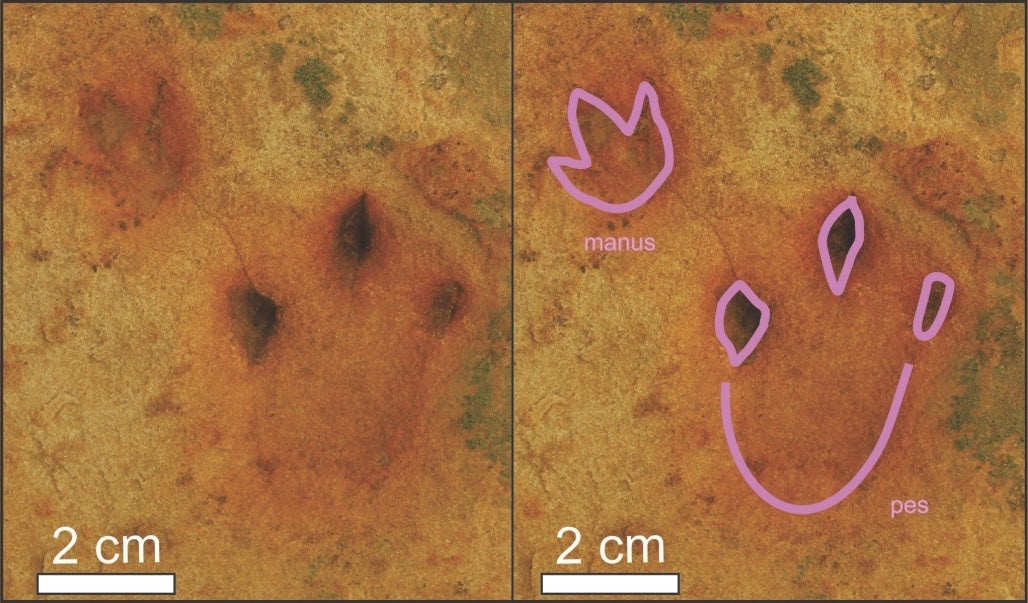
When dinosaurs left tracks in an area consumed by lava
Two years ago, Emese M Bordy, a sedimentologist at the University of Cape Town, was flipping through an obscure dissertation from the 1960s when a clue leapt out at her. It was an image of a footprint on a farm on the northern Karoo Basin in South Africa.
The Karoo region contains huge volcanic flood basalts that chronicle the final epoch of the supercontinent Gondwana before it broke apart 180 million years ago during a period of tectonic and volcanic catastrophe. Geologists have been studying it for decades to understand this major change in the layout of Earth’s landmasses, which coincided with a mass extinction event.
Bordy’s team then discovered two dozen other prints left by dinosaurs, as well as small creatures called synapsids.
“These tracks are special to me because they really allowed me to enjoy that incredible feeling of discovery twice, once while reading the old literature and then again in the field,” Bordy says.
The prints, which the team reported in the journal Plos One, are preserved in sandstone positioned between layers of basalt, the remains of lava flows, indicating that the animals walked through this area after eruptions began. Their tracks were preserved in the bed of a stream that may have offered reprieve from this “land of fire”.
“These volcanic eruptions were mind bogglingly voluminous,” Bordy says, noting that basalt piles in southern Africa can be a mile thick – and that’s after more than 100 million years of erosion and weathering. Sandstone layers of the Karoo Basin are more commonly buried beneath these huge basalt piles, which shows “that eventually the land surface was overwhelmed by the lava flows”.
The discovery demonstrates that South African basalts could be packed with untapped insights about survival during a period of global ecological distress, the likes of which have never been experienced in human history. It could also help scientists anticipate what might happen if we are unfortunate enough to be rocked by another bout of massive volcanic activity, or disasters on a similar scale.
“We would like to get a more complete picture of what was happening in this part of Gondwana at that time,” Bordy says. “Not only for lessons on the deep past, but for lessons for our future.”
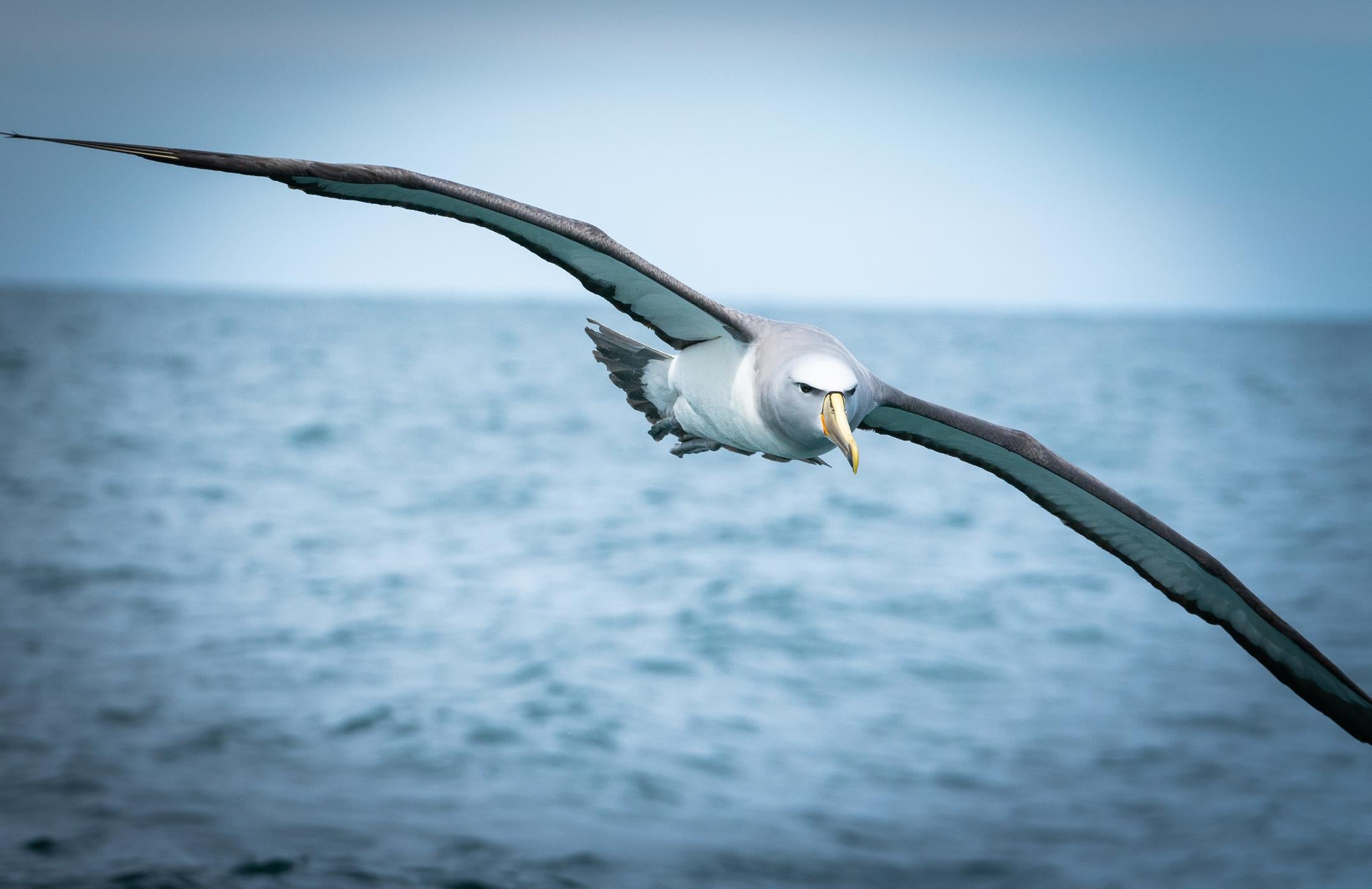
For modern mariners, lots of albatrosses around the corner
There’s a lot of ocean out there, and boats engaging in illegal fishing or human trafficking have good reason to hide.
But even the stealthiest vessels – the ones that turn off their transponders – aren’t completely invisible: Albatrosses, outfitted with radar detectors, can spot them, new research has shown.
Albatrosses are ideal sentinels of the open ocean, says Henri Weimerskirch, a marine ecologist at a French National Center for Scientific Research, and the lead author of the new study published in Proceedings of the National Academy of Sciences. “They are large birds, they travel over huge distances and they are very attracted by fishing vessels.”
Weimerskirch and his colleagues visited albatross breeding colonies on the Amsterdam, Crozet and Kerguelen islands, French outposts in the southern Indian Ocean. The team attached roughly data loggers to 169 birds. The equipment consisted of a GPS antenna, a radar detector and an antenna for transmitting data to a constellation of satellites.
From November 2018 through May 2019, the breeding adults foraged at sea for 10 to 15 days at a time, flying thousands of miles per trip. The birds were always on the lookout for radar signals.
The feathery dragnet recorded radar blips from 353 vessels, which used radar to navigate and detect other boats. But only 253 of the boats had their transponder turned on, which broadcasts a ship’s identity, position, course and speed.
They might have been fishing without a license or transferring illegal catches onto cargo vessels, Weimerskirch says. “A lot of fishing boats prefer not to be located.”
Daniel Pauly, a fisheries biologist at the University of British Columbia who was not involved in the research, says the use of the technology was a “real achievement”.
Weimerskirch and his colleagues are planning similar investigations in places like New Zealand, Hawaii and South Georgia. They hope to show that other species of seabirds, like petrels, can also be ocean sentinels. The first step is to make the equipment smaller, Weimerskirch says. “We’re working on miniaturisng the loggers.”
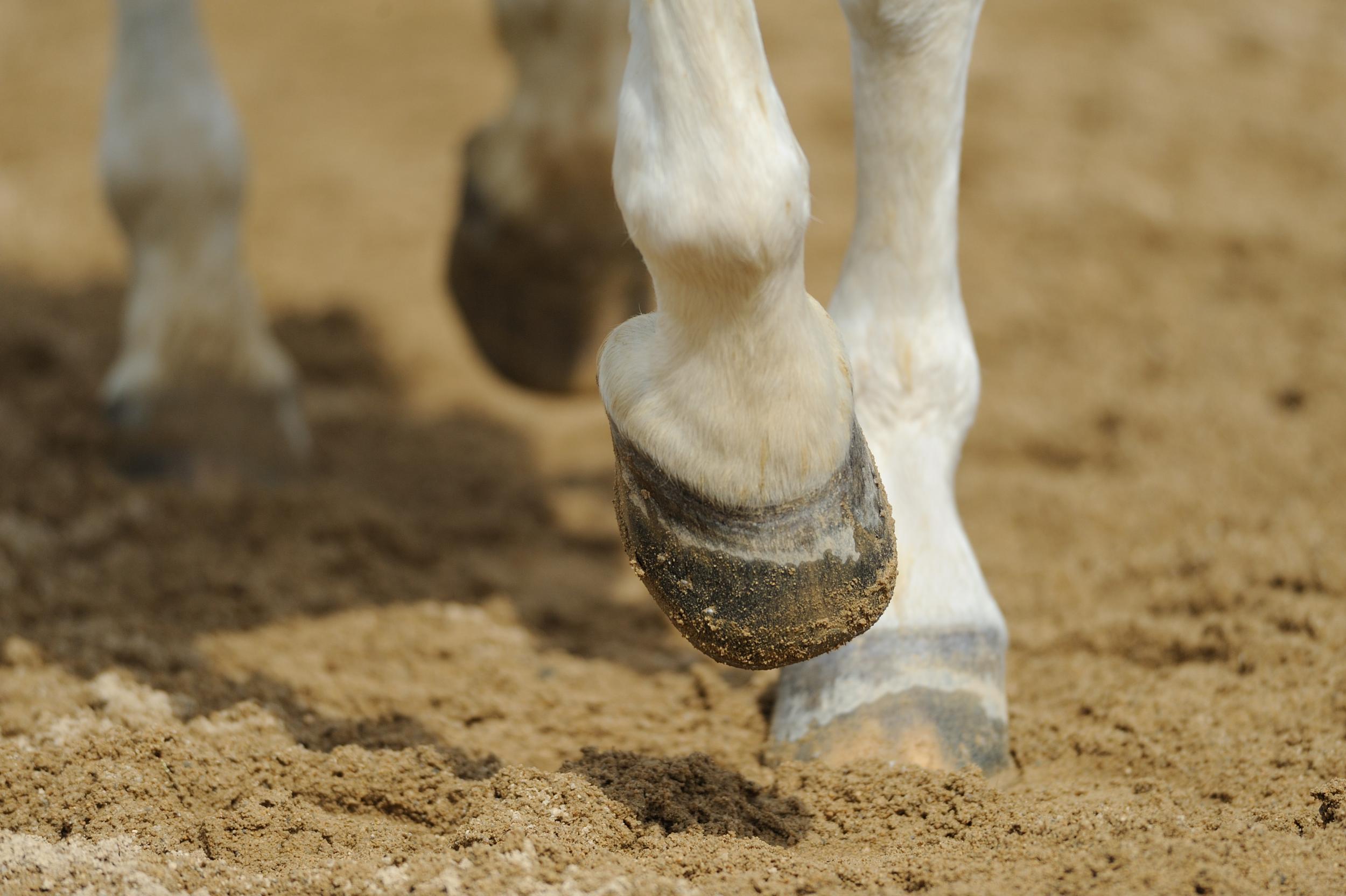
A horse had five toes, and then it didn’t
From the perspective of evolutionary biologists, a horse’s hoof seems to be the remnant of a foot that once had five full toes, with only three remaining visible.
But while Kathryn Kavanagh, a biologist at the University of Massachusetts, was sorting through preserved horse embryos recently, she counted clusters of developing cells representing toes. And there were not three – there were five.
The missing toes had in fact never left the horse, Kavanagh, Scott Bailey and Karen Sears report in a new paper published in the Proceedings of the Royal Society B. The finding suggests that certain stages of development cannot be changed, even if they leave no visible trace.
The horse embryos were provided by C Scott Bailey, a co-author and an expert on horse reproduction at North Carolina State University. They were all from mares that had been artificially inseminated on known dates, so the researchers knew with some precision how many days along they were.
The discovery implies something profound about how anatomical development works. As an embryo puts itself together, growing from a tiny wad of cells into multiple specialised tissues fed by blood vessels and linked by the winding threads of nerves, it is following a template. That template is subject to evolution, just like other things about the animal. But some moments in the process, or some routes that development takes, may not be easily altered.
“Something about the early steps in toe development is stabilised,” Kavanagh suggests. “We don’t know why. But that’s what we think is going on.”
The study confirms an observation published in 2018 by another set of biologists that horses have many more blood vessels and nerves in their legs than required to feed a single toe, suggesting that they still have signs of an earlier, many-toed state.
Judging from already-published images of the embryos of other animals, Kavanagh and her colleagues suspect that other creatures with fewer toes than five, like camels and emus, may also have vestiges of their five-toed state.
If future work can manage to capture the brief, embryonic moments when this heritage appears in other animals, it may clarify why this particular stage of development is fixed and not as flexible as researchers thought.
© New York Times
Join our commenting forum
Join thought-provoking conversations, follow other Independent readers and see their replies
Comments